
Great Britain
I. Warming-up
1. What images do you associate with Great Britain? Give your own examples.
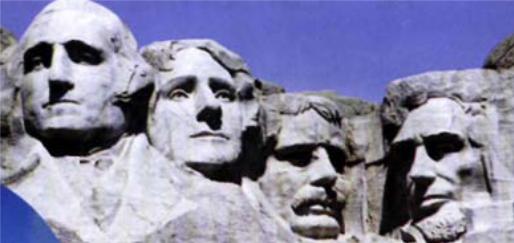
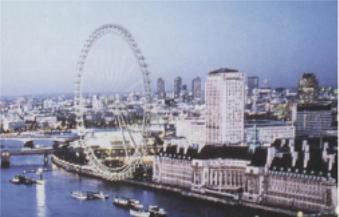
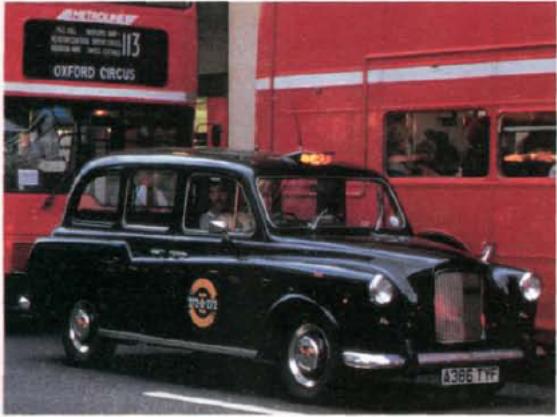
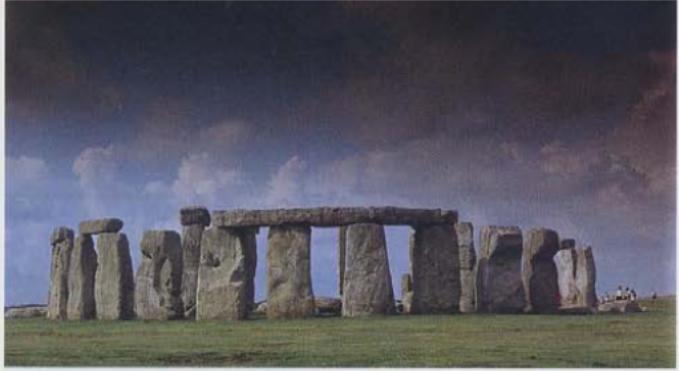
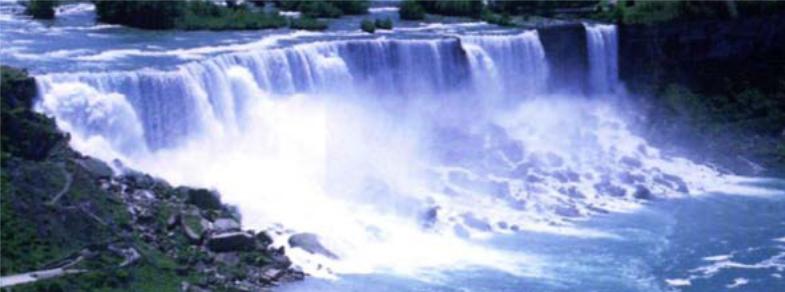
2. Match the words below with the correct definitions
coastline island mainland peninsula plain volcano strait gulf |
__________________ an opening in the earth's crust from which molten lava, rock fragments, ashes, dust, and gases are ejected from below the earth's surface
__________________ a narrow strip of land projecting into a sea or lake from the mainland
__________________ a large deep bay
__________________ a mass of land that is surrounded by water and is smaller than a continent
__________________ the outline of a coast, esp when seen from the sea, or the land adjacent to it
__________________ a narrow channel of the sea linking two larger areas of sea
__________________ the main part of a land mass as opposed to an island or peninsula
__________________ a level or almost level part of country, esp an extensive treeless region
3. Can you describe the flag of Great Britain? What do all these crosses symbolize?
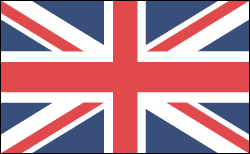
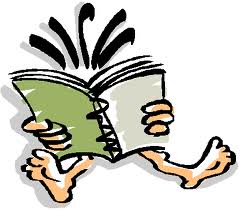
II. Reading
Edinburgh
Edinburgh, Scotland’s glorious capital, exudes grace and grandeur of a quality that few who set eyes upon it will ever forget. Built on extinct volcanoes atop an inlet from the North Sea (the Firth of Forth), the Scottish capital began as a small and fortified settlement on a craggy hill. For the first 700 years of its existence, Edinburgh remained an unremarkable small town and didn’t acquire any real significance until the 11th century. Despite being twice captured and repeatedly burned by English armies, Edinburgh continued to develop and in 1329 received a new charter from Robert I (the Bruce) making it the nation’s chief burgh (remember “burgh” is always pronounced “burr-a” in Scotland). By the end of the 15th century, Edinburgh was established as Scotland’s permanent capital. Following political union with England in 1707, Edinburgh diminished in importance, only to enjoy a revival at the end of the 18th century as a literary and cultural center. In the 18th century it was known as “the Athens of the North”, a cultural center that rivaled London.
Edinburgh’s reputation is enormous, and the city essentially lives up to it. The second most popular destination after London for visitors to Great Britain, the Scottish capital is one of the most picturesque cities in Europe. Edinburgh is filled with historic, intellectual, and literary associations. Names such as Mary, Queen of Scots and her nemesis Protestant reformer John Knox; pioneer economist Adam Smith and philosopher David Hume; authors Sir Walter Scott, Robert Louis Stevenson, and Sir Arthur Conan Doyle; as well as inventor Alexander Graham Bell: They are all part of Edinburgh’s past. Since 1947, Edinburgh has hosted an annual festival of music, drama and other arts – the Edinburgh Festival – which has grown into the largest arts festival in the world. The Edinburgh Festival is actually a few festivals at once: books, comedy, drama, classical music, dance, and more are all performed. But this ancient seat of Scottish royalty has a year-round interest. When the festivalgoers aren’t swarming the city center, Edinburgh’s pace is more relaxed, its prices are lower, and the inhabitants – though not celebrated for their bonhomie – are under less pressure and offer a hospitable welcome.
London
London is the centre of the British world. As the capital of the British Empire, the city has been ranked among the leading cities of Europe for centuries, and cultures from all over the world have left their mark upon the streets of the British capital.
The city attracts more than 15 million visitors annually, drawn by the incredible range of attractions: world-class sights, restaurants and entertainment to suit every taste and budget, as well as a wealth of green spaces to enjoy. For many, London is the epitome of unrivalled shopping and the many shopping centres and streets abound with everything your shopping-heart desires.
London is a colossal metropolis and has something for every taste – also literally, due to the many ethnic restaurants run by the international Londoners. London is home to more than seven million people, who speak about 300 different languages. Forty per cent of the capital’s population are from ethnic minorities, making it one of the world’s most culturally diverse cities.
London is brimming with the exciting things to see and do. You can enjoy the stunning views from the London Eye, explore the Tate Modern or soak up the historical sights of St Paul's Cathedral and the Tower of London as you experience the past, present and future of this fantastic city. The museums of London are among the most abundant in the world and one could spend the entirety of one’s vacation here.
Iconic red double-decker buses navigated the city’s streets for 50 years, providing a ride with a view. Now withdrawn from general service, two heritage routes – 9 and 15 – remain.
Politics
The United Kingdom is a constitutional monarchy. This means that it is a country governed by a king or a queen who accepts the advice of Parliament. The monarch has very little power and can only reign with the support of Parliament. It is also a parliamentary democracy. That is, it is a country whose government is controlled by a parliament which has been elected by the people. In other words, the basic system is not so different from anywhere else in Europe.
However, there are features of the British system of government which make it different from that on other countries and which are not “modern” at all. The most notable of these is the question of the constitution. Britain is almost alone among modern states in that it does not have a ‘constitution’ at all. Of course, there are rules, regulations, principles and procedures for the running of the country – all the things that political scientists and legal experts study and which are known collectively as ‘the constitution’. But there is no single written document which can be appealed to as the highest law of the land and the final arbiter in any matter of dispute.
Parliament consists of two houses, or chambers: the House of Commons and the House of Lords. The House of Commons consists of Members of Parliament (MPs). Each MP is elected by voters in one constituency (region). The members of the House of Lords are not elected. Some are life peers: they are members of the House of Lords, but their sons or daughters cannot be members. Life peers are usually former members of the House of Commons. There are also a number of judges or bishops. The majority, however, are hereditary peers, the heads of aristocratic families. The head of both Houses of Parliament is the Queen.
Parliament and the monarch have different roles in the government of the country, and they only meet together on symbolic occasions such as the coronation of a new monarch or the opening of Parliament.
The Monarchy
Every autumn, at the state opening of Parliament, Elizabeth II, who became Queen in 1952, makes a speech. In it, she says what ‘my government’ intends to do in the coming year. And indeed, it is her government, not the people’s. As far as the law is concerned, she can choose anybody she likes to run the government for her. There are no restrictions on whom she picks as her Prime Minister. It does not have to be somebody who has been elected. The same is true for her choices of people to fill some hundred or so other ministerial positions. And if she gets fed up with her ministers, she can just dismiss them. Officially speaking, they are all ‘servants of the Crown’. She also appears to have great power over Parliament. It is she who summons a Parliament, and she who dissolves it before a general election. But it is only appearance.
In practice, of course, the reality is very different. In fact, the Queen cannot choose anyone she likes to be Prime Minister. She has to choose someone who has the support of the majority of MPs in the House of Commons. This is because the law says that ‘her’ government can only collect taxes with the agreement of the Commons, so if she did not choose such a person, the government would stop functioning. In practice the person she chooses is the leader of the strongest party in the House of Commons. Similarly, it is really the Prime Minister who decides who the other government ministers are going to be.
It is the same story with Parliament. Again, the Prime Minister will talk about ‘requesting’ a dissolution of Parliament when he or she wants to hold an election, but it would normally be impossible for the monarch to refuse this ‘request’. Similarly, while, in theory, the Queen could refuse the royal assent to a bill passed by Parliament – and so stop it becoming law – no monarch has actually done so since the year 1708.
In reality the Queen has almost no power at all. When she opens Parliament each year the speech she makes has been written for her. She makes no secret of this fact. She reads out the script that has been prepared for her, word for word. If she strongly disagrees with one of the policies of the government, she might ask the government ministers to change the wording in the speech a little beforehand, but that is all. She cannot actually stop the government going ahead with any of its policies.

